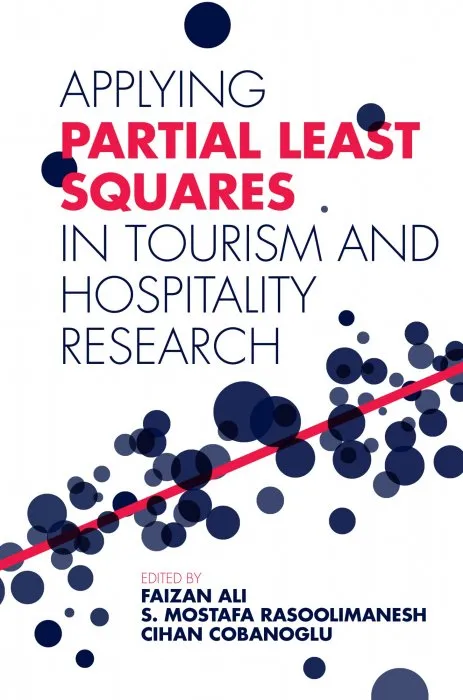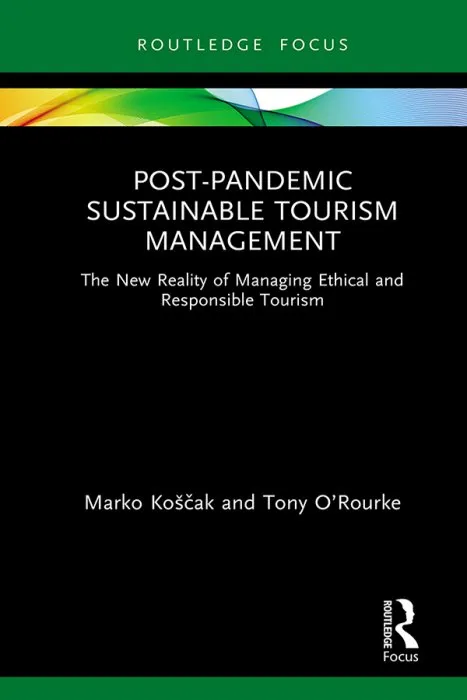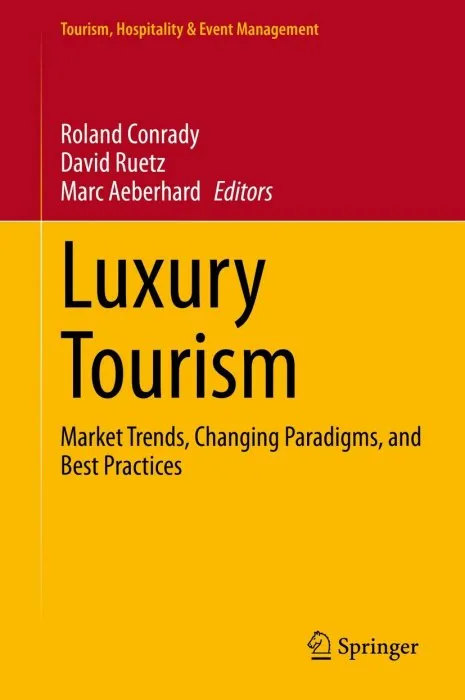Applying Partial Least Squares in Tourism and Hospitality Research

Date: December 20th, 2018
Сategory: Business, Economics
ISBN: 1787567001
Language: English
Number of pages: 259 pages
Format: EPUB True PDF
Add favorites
Partial-least-squares path modeling (PLS-PM), a composite-based form of structural equation modeling (SEM), offers great practical advantages to researchers and practitioners. It has been gaining increasing attention in various disciplines, including management information systems, marketing, strategic management, accounting, family business research, operations management, and organizational research. Yet advanced PLS-SEM techniques are not broadly used in hospitality and tourism research, which spells missed opportunities in terms of detailed analyses and actionable findings.
Applying Partial Least Squares in Tourism and Hospitality Research provides a forum for leading names in the field to discuss the major topical issues and to demonstrate the usefulness of PLS path modeling for academics and practitioners in hospitality and tourism. Its ten chapters discuss key aspects of advanced PLS analysis and its practical applications, covering new guidelines and improvements in the use of PLS-PM as well as individual topics such as multi-group analysis (PLS-MGA), the predictive qualities of PLS models, minimum sample size estimation methods, the reporting of mediation and moderation analysis, the assessment of the reliability of reflectively measured constructs, and the assessment of overall model fit through consistent PLS and the bootstrap-based test. This comprehensive coverage serves both as an introduction to PLS for the uninitiated and as a go-to reference work for researchers and practitioners interested in the most recent advances in PLS methodology.
Applying Partial Least Squares in Tourism and Hospitality Research is a must-read for academics in hospitality and tourism research and for hospitality and tourism practitioners such as industry consultants. Insofar as it can serve as a guidebook to recent advances within PLS-SEM, it is also of interest to researchers from other disciplines including management, business, and marketing.
Applying Partial Least Squares in Tourism and Hospitality Research provides a forum for leading names in the field to discuss the major topical issues and to demonstrate the usefulness of PLS path modeling for academics and practitioners in hospitality and tourism. Its ten chapters discuss key aspects of advanced PLS analysis and its practical applications, covering new guidelines and improvements in the use of PLS-PM as well as individual topics such as multi-group analysis (PLS-MGA), the predictive qualities of PLS models, minimum sample size estimation methods, the reporting of mediation and moderation analysis, the assessment of the reliability of reflectively measured constructs, and the assessment of overall model fit through consistent PLS and the bootstrap-based test. This comprehensive coverage serves both as an introduction to PLS for the uninitiated and as a go-to reference work for researchers and practitioners interested in the most recent advances in PLS methodology.
Applying Partial Least Squares in Tourism and Hospitality Research is a must-read for academics in hospitality and tourism research and for hospitality and tourism practitioners such as industry consultants. Insofar as it can serve as a guidebook to recent advances within PLS-SEM, it is also of interest to researchers from other disciplines including management, business, and marketing.
Download Applying Partial Least Squares in Tourism and Hospitality Research
Similar books
Information
Users of Guests are not allowed to comment this publication.
Users of Guests are not allowed to comment this publication.




